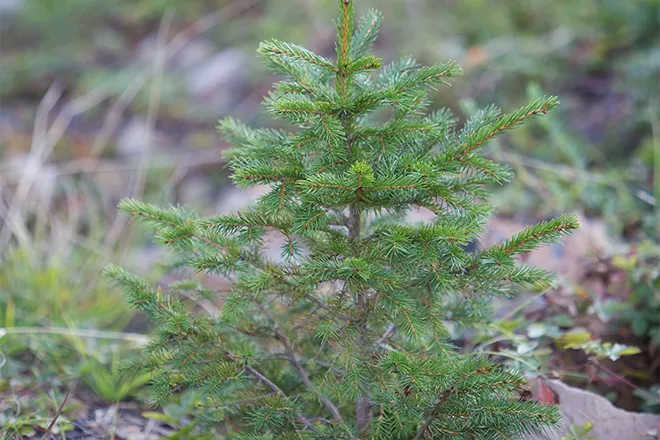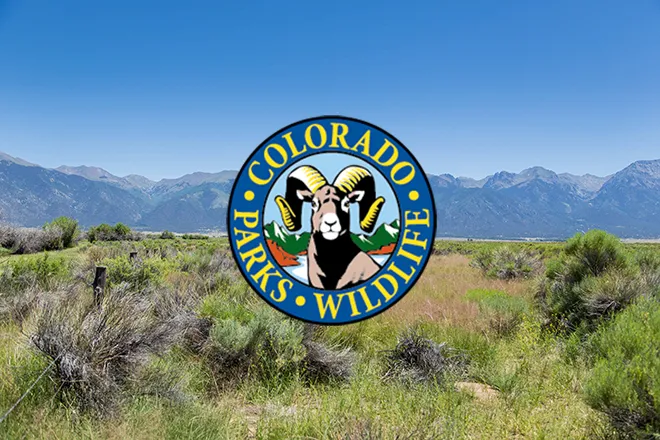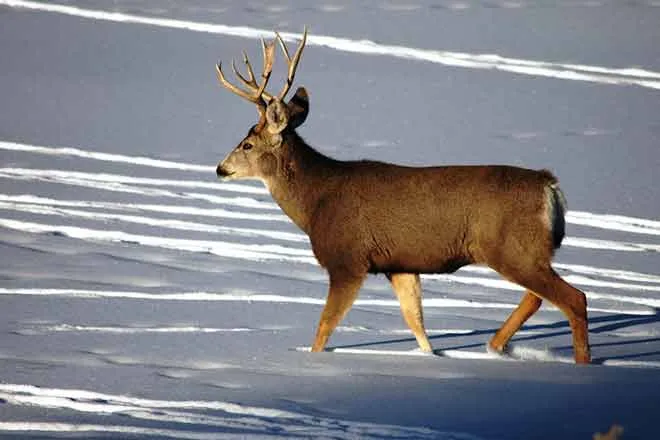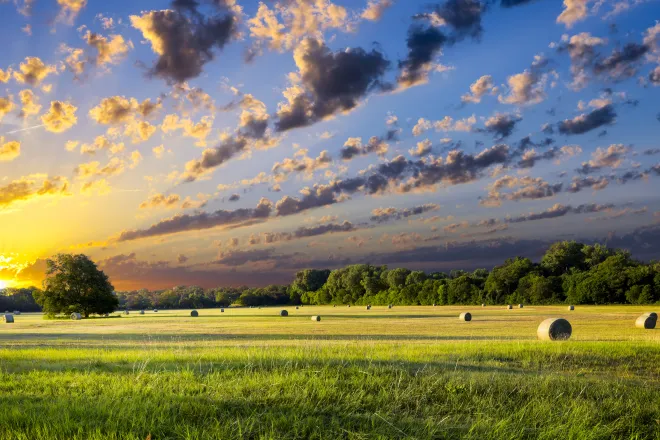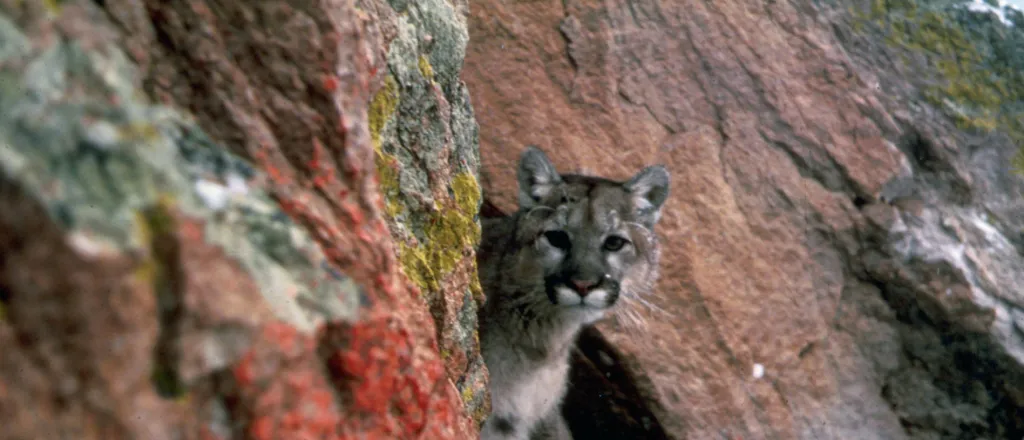
Federal government proposes 19,112 square mile protected zone for endangered lynx
The U.S. Fish and Wildlife Service wants to take action to protect the threatened Canada lynx population in the continental United States.
The Service proposed changes to its current critical habitat designation that would cover 19,112 square miles across several states, including Colorado, Idaho, Montana, New Mexico, Washington, and Wyoming.
"These actions ensure the long-term survival of this elusive, snow-adapted wildcat that relies on cold boreal forests and abundant snowshoe hares for survival," a news release from the U.S. Fish and Wildlife Service said.
The proposed change would attempt to balance conservation and land-use priorities, the release said. It comes following a court-ordered review. It would update the 2014 designation in the western United States by cutting areas where lynx are "unlikely to thrive" while adding additional lands the federal government sees as better suited to the animal's needs, according to the release.

iStock
Nothing in this plan impacts the designated critical habitat in Maine or Minnesota.
"The final recovery plan for the Canada lynx sets clear strategies and measurable goals to support long-term conservation throughout its contiguous U.S. range," the release said. "The Service collaborated closely with state, Tribal, and federal partners to develop science-based conservation measures aimed at reducing risks to Canada lynx."
Global warming's impact on boreal forest habitats and the species living in them are among the biggest threats to lynx, the release said.
"The Canada lynx is a medium-sized wildcat adapted to cold, snowy environments, where it relies on its large paws to hunt snowshoe hares," the release said. "Although widespread and abundant in Canada and Alaska, lynx populations in the contiguous U.S. are small and fragmented, and they face pressures from habitat loss and human activity. Canada lynx in the lower 48 were listed as threatened under the Endangered Species Act in 2000."
U.S. Fish and Wildlife Service published the proposed rule in the Federal Register on November 29, 2024, beginning a 60-day comment period.
The Service will consider every comment sent in by January 28, 2025, before publishing a final rule. To find it, visit regulations.gov, docket no.FWS–R6–ES–2024–0142.
Additional information, including the recovery plan and proposed critical habitat revision, is available here.

